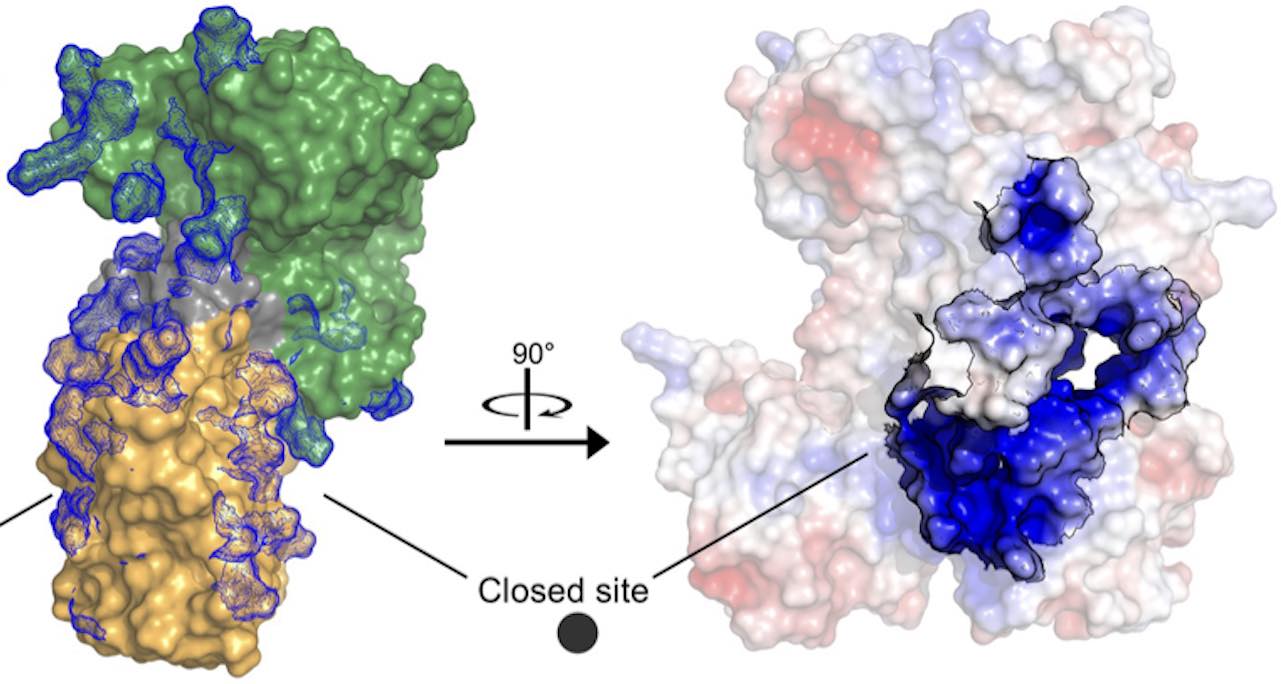"Dream, Dream, Dream! Conduct these dreams into thoughts, and then transform them into action."
- Dr. A. P. J. Abdul Kalam
"Dream, Dream, Dream! Conduct these dreams into thoughts, and then transform them into action."
- Dr. A. P. J. Abdul Kalam
23 Aug 2024
A protein that possesses the hitherto undiscovered capacity to halt DNA damage in its tracks has been found by Western University researchers. The discovery may provide the groundwork for the development of cancer vaccines as well as crops resistant to growing drought. The protein, known as DdrC (for DNA Damage Repair Protein C), was discovered by researchers in Ontario, Canada, in a fairly common bacterium called ‘Deinococcus radiodurans’. This bacterium has the remarkably unusual ability to survive conditions that damage DNA; it can withstand radiation doses of 5,000 to 10,000 times that which would kill a normal human cell. Lead scientist Robert Szabla claims that Deinococcus is also highly effective at mending broken DNA.
Szabla, a graduate student in the biochemistry department at Western, compares it to having an NFL player who plays every game without a helmet or pads. Every game, "he would sustain multiple broken bones and concussions, but he would miraculously recover completely overnight, just in time for practice the following day." He and his associates found that DdrC is an essential component of this restoration process. Every cell has a system in place to repair damaged DNA. According to a news release, “a human cell can't fix itself and it dies if there are any more than two breaks in the entire billion base pair genome.” In contrast, DdrC's special protein aids the cell in mending hundreds of fractured DNA fragments into a cohesive genome.

Newly Discovered Protein Stops DNA Damage and Even Repairs it – Pointing to a Cancer Vaccine (Source: Google Images)
Szabla and his colleagues employed the nation's most potent X-ray source, the Canadian Light Source at the University of Saskatchewan, to ascertain the protein's three-dimensional form. From there, they went backward to gain a deeper understanding of the protein's "superpower" to counteract DNA damage.
They found that DdrC searches the DNA for breaks, and when it finds one, it closes, much like a mousetrap. There are two main purposes for this trapping action. It repairs the DNA damage and stops more harm from occurring at the break. Furthermore, it functions as a tiny molecular beacon. It says, "Hey, over here," to the cell. There is harm. Come make it right.
According to Szabla, proteins typically create intricate networks that allow them to perform a certain function. Because it can carry out its job without the assistance of other proteins, DdrC seems to be a bit of an anomaly.
He presented findings in the journal Nucleic Acids Research. "To our utter surprise, it actually made the bacterium over 40 times more resistant to UV radiation damage," he said. "It appears that there are very few instances where a single protein functions as a stand-alone device." According to him, theoretically, this gene could be added to any organism—plants, animals, or humans—and it would boost the cells' capacity for DNA repair.
DdrC is just one out of hundreds of potentially useful proteins in this bacterium. The next step is to produce further, look at what else this cell uses to fix its own genome – because they are sure to find many more tools where they have no idea how they work or how they’re going to be useful until they look.
“Currently, when we think of cancer treatments, we always think of treating it once it’s already happened. What if we can prevent the cancer from happening in the first place?” ~ Szabla